
Why buy building materials in the fall when the construction season is closed? The desire to save money pushes us to do this. And then the question arises: how to save what you purchased in difficult autumn and winter weather conditions?
Why buy in advance?
First, in late autumn and winter, manufacturers and suppliers reduce the cost of products to attract customers during a drop in demand. Even if this does not happen, you will buy materials at the prices of this year, not the next. Secondly, it is sometimes cheaper and easier to hire a car and bring everything at once, rather than paying for several flights. As a result, the purchased stock remains to winter. Third, the weather is unpredictable. Who knows, maybe you will find an early warm spring, and construction can start earlier than you currently expect.
Immediately make a reservation-to put building materials at the neighbor’s fence or close to the adjacent territory is not necessary — it is illegal!
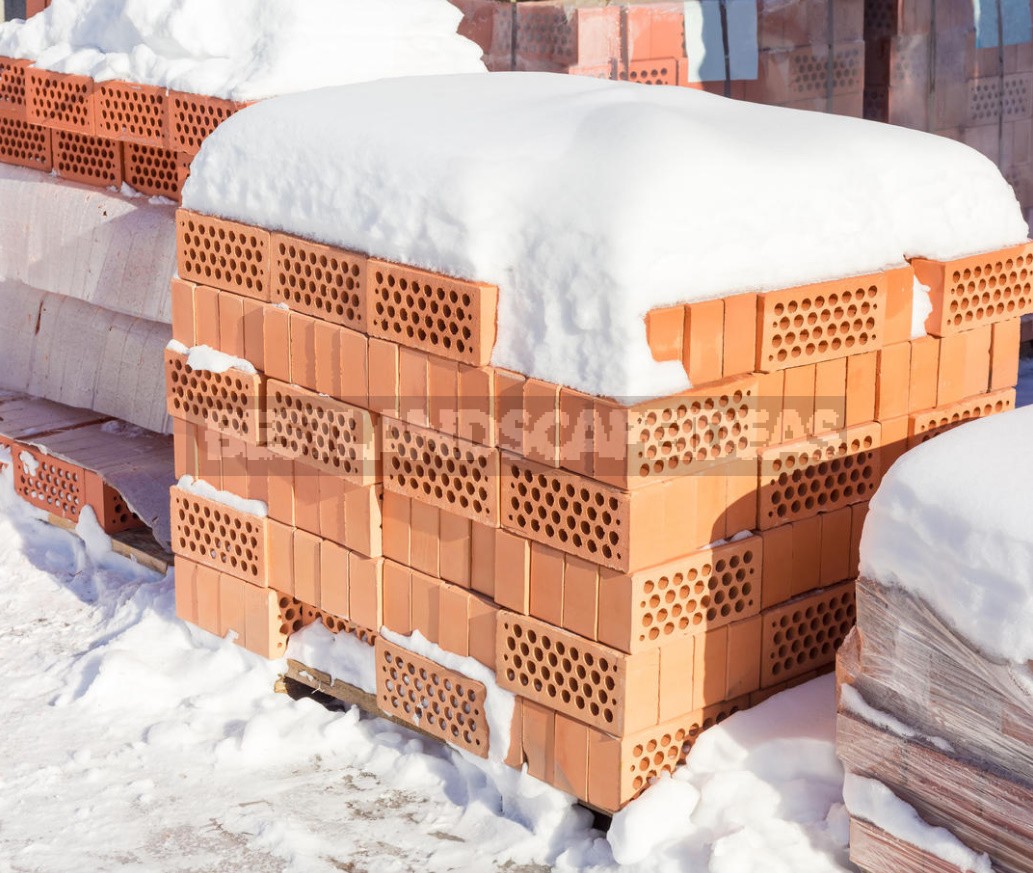
About the ideal and real
Ideally, all construction materials purchased in the fall should be stored indoors or at least under a canopy. But in fact, it is not always possible to provide such conditions,if not never. Therefore, we will figure out how to save what we have acquired in the realities of an average construction site.
Some suggest building a temporary shed or purchasing a shipping container. The latter, by the way, is often considered a kind of panacea: you don’t need to build anything, bring it — and use it. If you don’t need it later, you can sell it. Everything would be fine if it wasn’t for the delivery. First of all, a car with a container can’t go to any place. Secondly, it needs to be unloaded, and this requires equipment. As a result, transportation alone comes out to a tidy sum. And if we are talking about buying building materials in the fall to save money, then the feasibility of this event with this approach is lost. It turns out that it is cheaper and easier to buy everything you need right before construction.
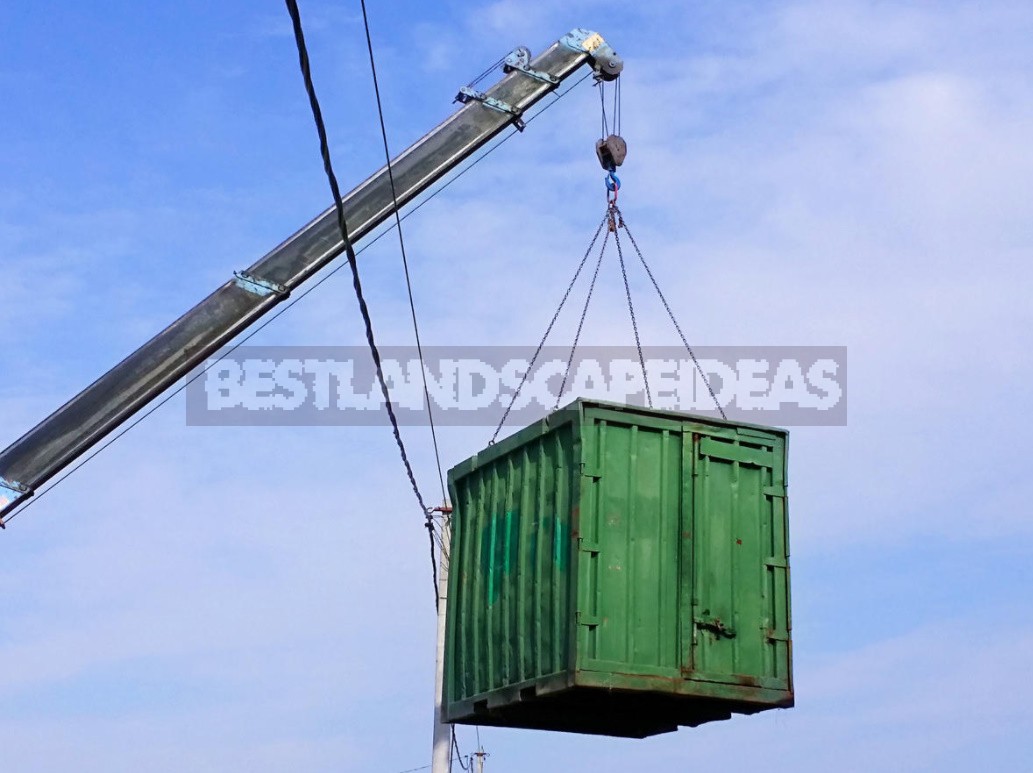
Brick
It would seem that the most unpretentious material. Still, it is recommended to store it under a film, in stacks no more than 1.5 m high. If there are non-through holes in the brick, lay the material so that water does not get into them. Otherwise, even a good brick can significantly lose quality over the winter period. Material with through voids can be stored in any position, the main thing is that water does not linger in the holes.

Gas and foam concrete blocks
The storage area for blocks must either be flat or have a slight slope so that water does not accumulate under the blocks. If the blocks were brought on pallets, then put them on the ground directly with the pallets to avoid contact with the ground.
You can also buy building materials at the end of winter, when prices have not yet risen, and the upcoming storage period is significantly shorter. But if you have a thick layer of snow on your site, then uneven melting may cause a skew. It is important that the ground is sufficiently dense. Otherwise, the spring thaw will do its job, and the pallets can “play” on uneven surfaces. If there is not enough storage space, it is allowed to store packages in two tiers, but no more. You will find exact information about this (and if the blocks are without a protective film, then specify the details) from the manufacturer.
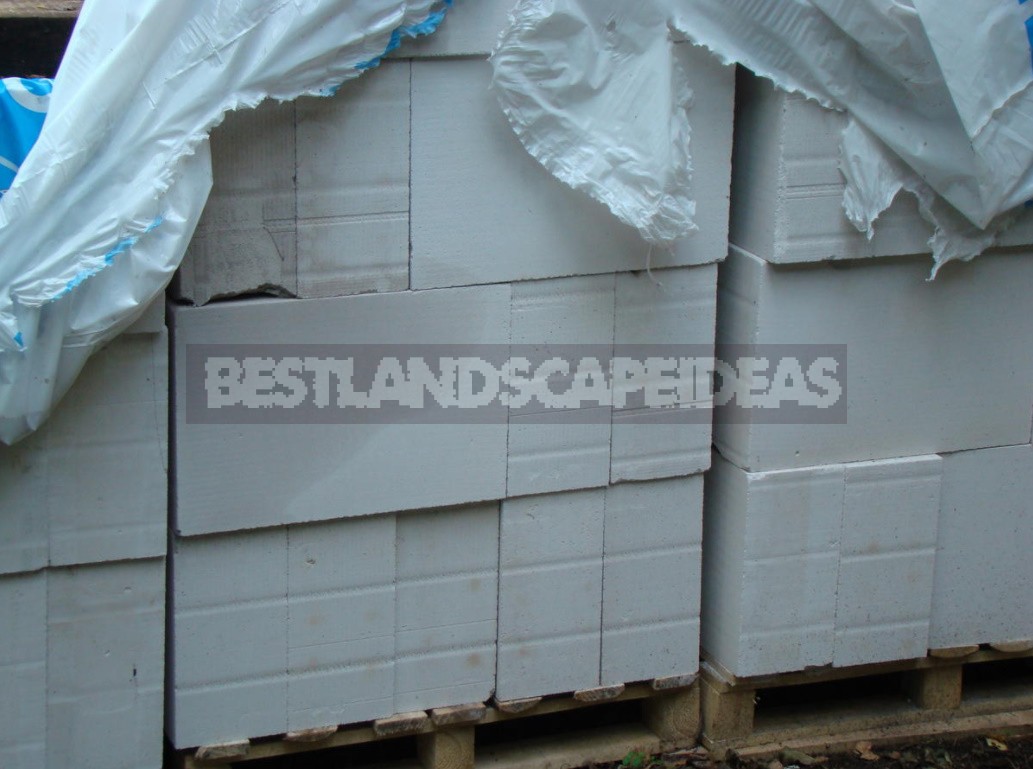
Most often, the blocks are Packed in a film. Do I need to remove it? There is no clear recommendation. Some manufacturers and builders say that it is necessary to leave the film only on top as protection from rain. Others recommend leaving it completely. It is best to check this information with a specific manufacturer so that improper storage does not affect the quality of the building material. Note: among the manufacturers of aerated concrete blocks, there are also those that offer the service of storing blocks in their warehouse. And-for free. In other words, you can order the material at the price of today, and pick it up later.
Concrete goods
Attention should be paid to the concrete slab. They will need a flat area. It is better if it is covered with gravel. Slabs can be stored horizontally in tiers (up to 8 tiers). It is recommended to lay wooden gaskets between them.
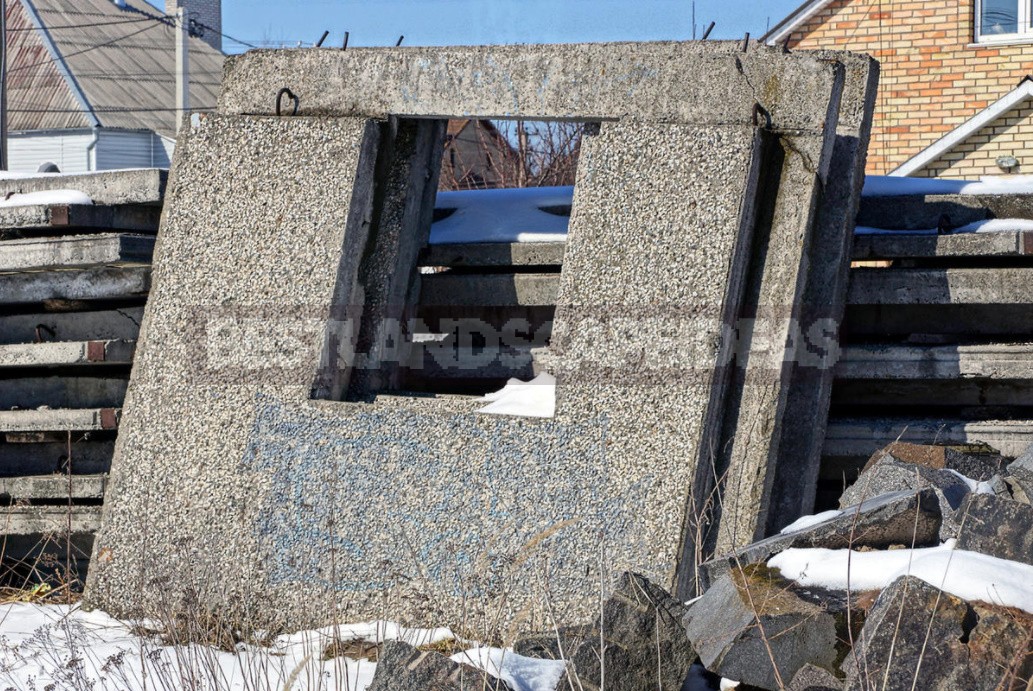
Bulk building materials
It is recommended to store sand, expanded clay, gravel and crushed stone on any canvas. Ideally, cover the top with a film.
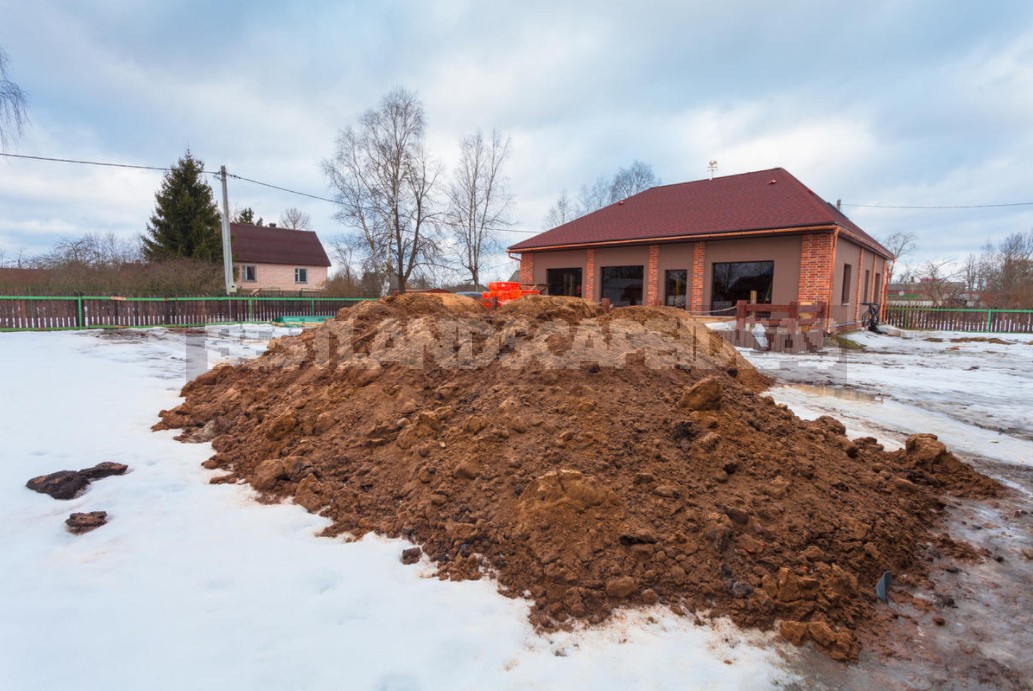
Wood
The most demanding material for winter storage is wood. Neither boards, nor beams, nor logs are afraid of frosts — moisture is harmful for them. Therefore, even indoors, they must be stored correctly. No high humidity, good ventilation, properly organized stacks!

It is better not to buy these materials in advance, but if this happens, then you will have to think about how to reliably protect them from moisture. If the wood is stored under a shelter, such as under a film or roofing material, it is necessary to leave open spaces for ventilation. In this case, the air must move along the wood fibers and blow the entire volume.
Another important point is the bark. If there is bark on the wood, it must be removed, since pests are hiding under it, which will move deep into the frost and spoil the material from the inside.
You can treat the materials with an antiseptic. But here again the question of expediency arises. Spending on antiseptics can be equal to the difference in the price of a tree today and next spring. And then whether these troubles and the arising risks are necessary?
Glue for aerated concrete
Here you also need to pay attention to the manufacturer’s recommendation, but, as a rule, it should be stored in dry rooms. There are no temperature restrictions, so the storage area does not have to be heated.
Thermal insulation
It is better not to buy mineral and stone wool in advance if you do not have a dry room for its storage. On the street during the winter, it will probably get wet, in the spring it will have to be dried, and it is not a fact that it will restore its performance characteristics.
Cement and alabaster
It is better not to buy cement and alabaster in advance. First, they need special storage conditions-a heated dry room, no contact with moisture. Secondly, these are materials with a limited shelf life. As a rule, we are talking about 6 months. It would seem that there is enough for the autumn-winter period, but there are nuances. The problem is that in case of non-compliance with storage conditions (temperature not lower than +5 ° C, absolute tightness of the package, no contact with air) over time, the cement loses its quality. The less it is stored, the more it meets the stated characteristics. Conversely, the longer it lies idle, the worse it gets. So, from the M500 brand for the construction season, you can get not just M400 or even M300, but absolutely not suitable for construction material. Approximately the same thing happens with alabaster.

You can solve the problem with the help of special additives, but it costs money, and the technology of adding additives in small volumes can result in additional labor and time costs. How economical is this approach? The answer is obvious.
Tell me: how do you solve the problem of storing construction materials on the site in the autumn-winter period?
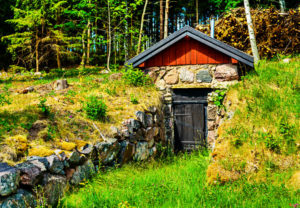
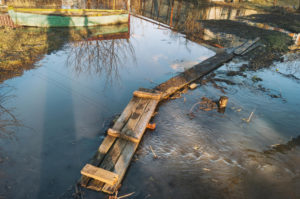


Leave a Reply